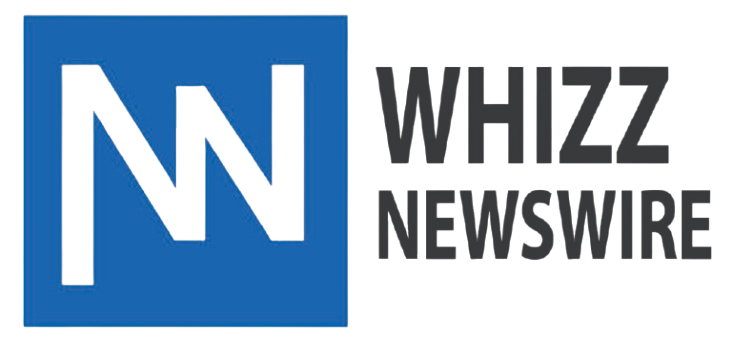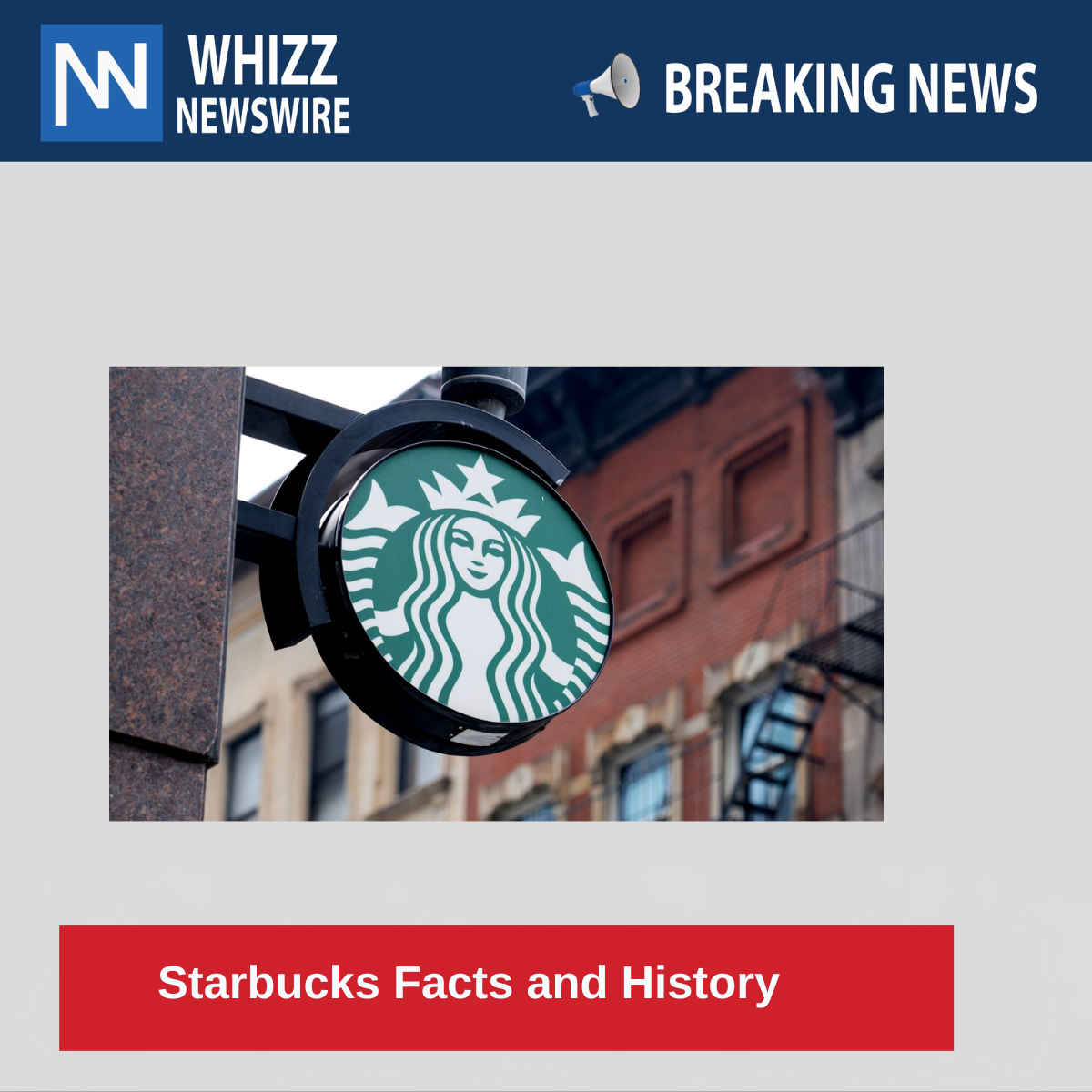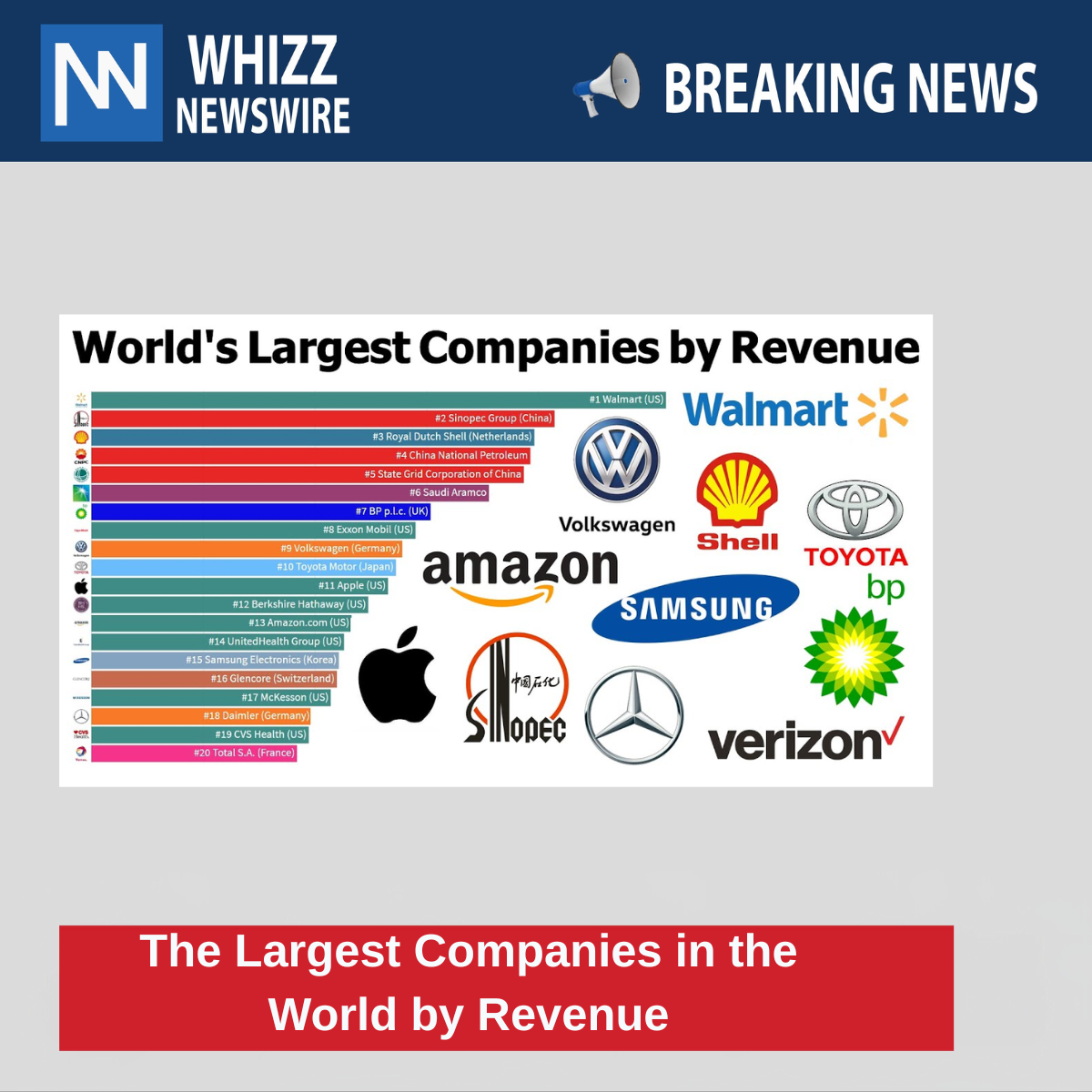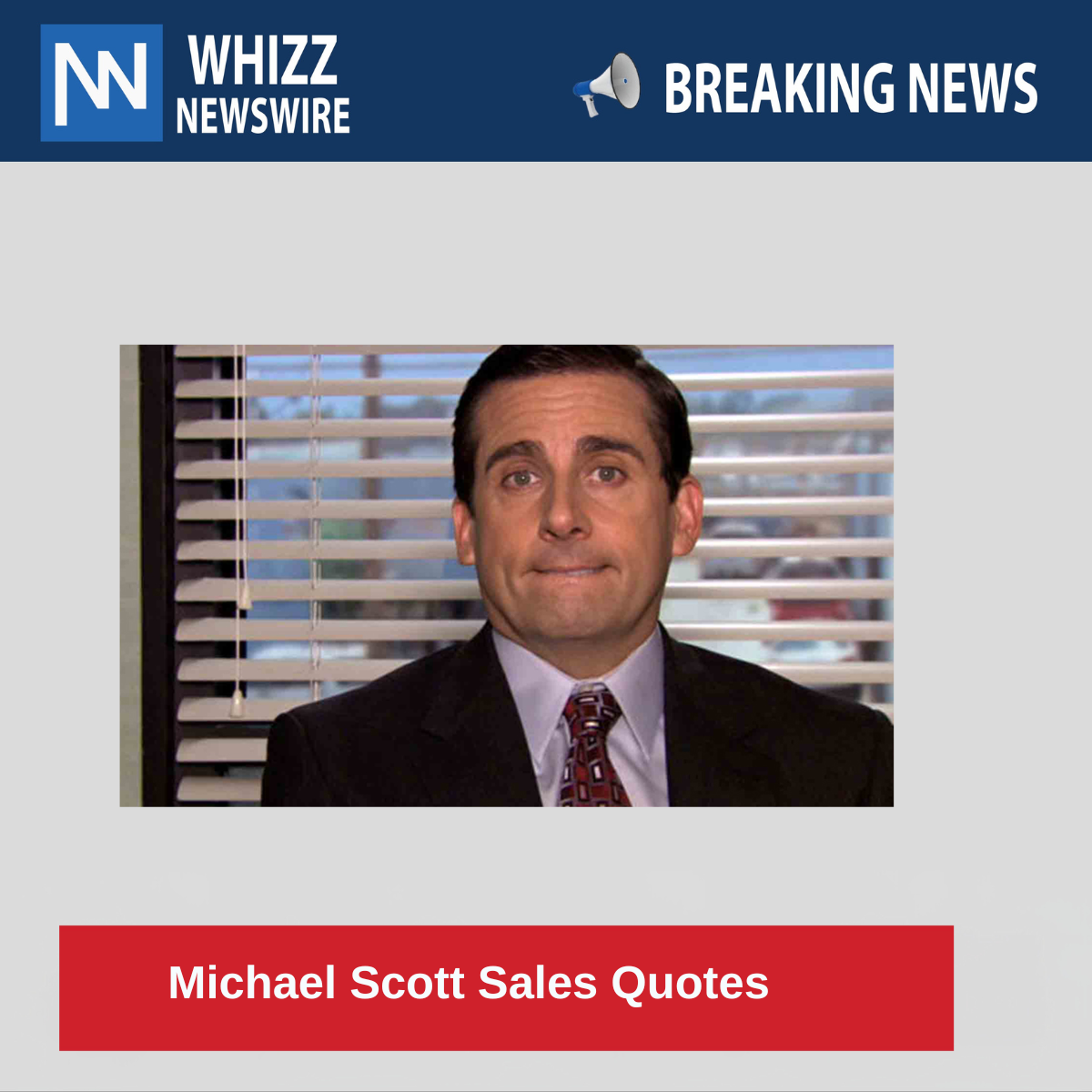Starbucks is one of the most recognized and beloved coffee brands in the world. From its humble beginnings in Seattle to becoming a global symbol of coffee culture, its journey is marked by innovation, branding brilliance, and a deep connection with consumers.
The Origins: Humble Beginnings in Seattle
- Founded in 1971 in Seattle, Washington.
- Founders: Jerry Baldwin, Zev Siegl, and Gordon Bowker.
- The name “Starbucks” was inspired by Starbuck, the first mate in Herman Melville’s novel Moby-Dick, reflecting a maritime theme, fitting for Seattle.
- Originally, Starbucks was not a café but a retailer of whole bean and ground coffee, teas, and spices.
Howard Schultz and the Transformation
- In 1982, Howard Schultz joined Starbucks as Director of Retail Operations and Marketing.
- A life-changing trip to Milan, Italy, inspired Schultz with the Italian coffeehouse culture.
- He envisioned Starbucks not just as a place to buy coffee but as a “third place” between home and work, where people could gather and relax.
Major Milestones:
- In 1987, Schultz acquired the company from the original founders and began the transformation.
- Starbucks opened its first café outside Seattle in Chicago and Vancouver the same year.
Rapid Expansion and Global Reach
- In the 1990s, Starbucks expanded aggressively across the United States.
- First international store: Tokyo, Japan (1996)
- As of 2024, Starbucks has over 35,000 stores in more than 80 countries.
- The largest market outside the U.S. is China, followed by Canada, Japan, and South Korea.
Product Innovations and Offerings
- Starbucks is known for popularizing terms like “Tall,” “Grande,” and “Venti”.
- Popular drinks: Pumpkin Spice Latte, Frappuccino, Cold Brew, and Iced Shaken Espresso.
- Introduced non-dairy milk options (almond, oat, coconut, soy) for diverse dietary needs.
- Offers food items like sandwiches, salads, pastries, and snacks.
Technology and Digital Innovation
- Starbucks launched one of the first mobile payment apps for a major food brand.
- Introduced Starbucks Rewards, a loyalty program with millions of members.
- Mobile ordering and drive-thru services became vital during the COVID-19 pandemic.
Social Responsibility and Ethical Sourcing
- Starbucks commits to 100% ethically sourced coffee through its Coffee and Farmer Equity (C.A.F.E.) practices.
- Invests in farmer support centers and loan programs in coffee-growing regions.
- Focuses on sustainability, including eliminating plastic straws and using reusable cups.
- Works towards carbon-neutral operations and reducing water usage.
Cultural Impact and Brand Power
- Starbucks became a pop culture icon, featured in movies, music, and memes.
- Known for its seasonal cups, especially the Red Holiday Cups and Pumpkin Spice Season.
- The “Starbucks experience” has become synonymous with comfort, productivity, and urban lifestyle.
Headquarters and Leadership
- Headquarters: Seattle, Washington.
- Howard Schultz served multiple times as CEO, including interim CEO in 2022.
- In 2023, Laxman Narasimhan became CEO, signaling a new phase of innovation and global strategy.
Financial Strength
- Starbucks is a publicly traded company (NASDAQ: SBUX).
- As of 2024, the company’s annual revenue exceeds $36 billion.
- The brand consistently ranks in Forbes’ most valuable brands list.
Fun Facts About Starbucks
- The first Starbucks store still operates at Pike Place Market, Seattle.
- Starbucks uses more than 500 million pounds of coffee per year.
- The brand offers secret menu items that go viral on social media.
- Starbucks’ “Pink Drink” and Refresher line are fan favorites globally.
Final Sip
Starbucks isn’t just about coffee, it’s about creating moments, community, and sustainable values while maintaining a global presence. From a single store in Seattle to a worldwide cultural phenomenon, Starbucks’ success is brewed with innovation, vision, and deep customer connection.
For similar content visit here



